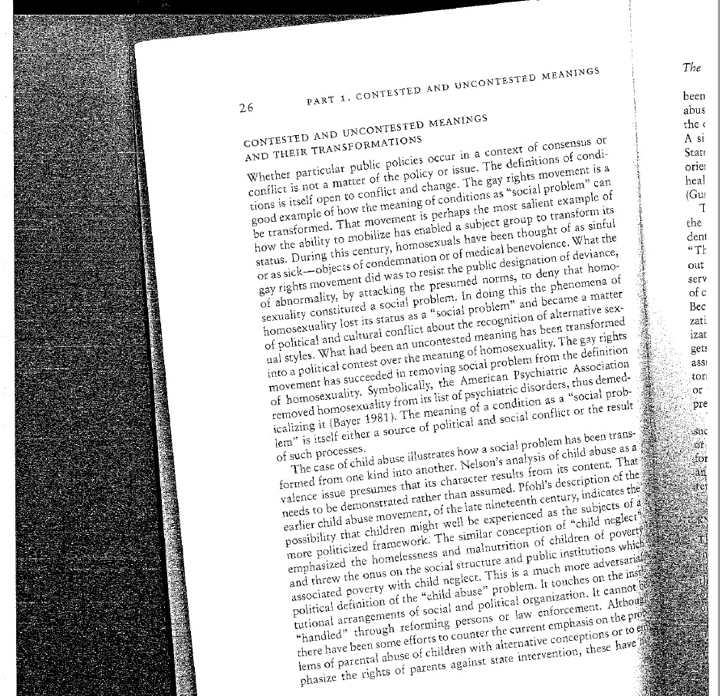Readings and Course Articles
Main Content
Quality Scans Help All Learners
Use only high-quality, accessible scans when posting articles and other materials. When scans are completed correctly, they are free from errors which compromise the legibility of the document.
Common Scanning Errors
- cut off text and crooked alignment
- dark gutters in the margins
- poor contrast
- page rotation
- stray markings, such as handwriting or underlining
Once scanned correctly, electronic documents can be made accessible to all, including those with vision loss or reading disability who may be using assistive technology to listen to material.
How do I get accessible scans of course readings ready to upload?
- Look for an electronic copy through the Library.
- Use “OneSearch”, “Journals” and “Books & More” on the Morris Library site.
- Use the “Ask a Librarian” chat feature for help finding books and articles.
- Email previously scanned items to CTE.
- CTE will prepare accessible scans at no charge.
- Please prioritize your readings, and indicate which week each reading will be needed.
- For scanning and conversion of paper copies, contact CTE.
- All course materials can be digitized and prepared for online usage.
- When a student with a disability is enrolled you may receive supplemental instructions from DSS.
- If requested, work with DSS to provide specialized documents such as a Braille Ready File.
- Students receive their converted textbooks directly from DSS.
Example of Low-Quality Scan
Low Quality Scans are often difficult for all students to read, even those with 20/20 vision.
Example of High-Quality Scan
High Quality, text readable scans are clean of markings, legible, and the text can be highlighted which indicates it is compatible with reading software.





